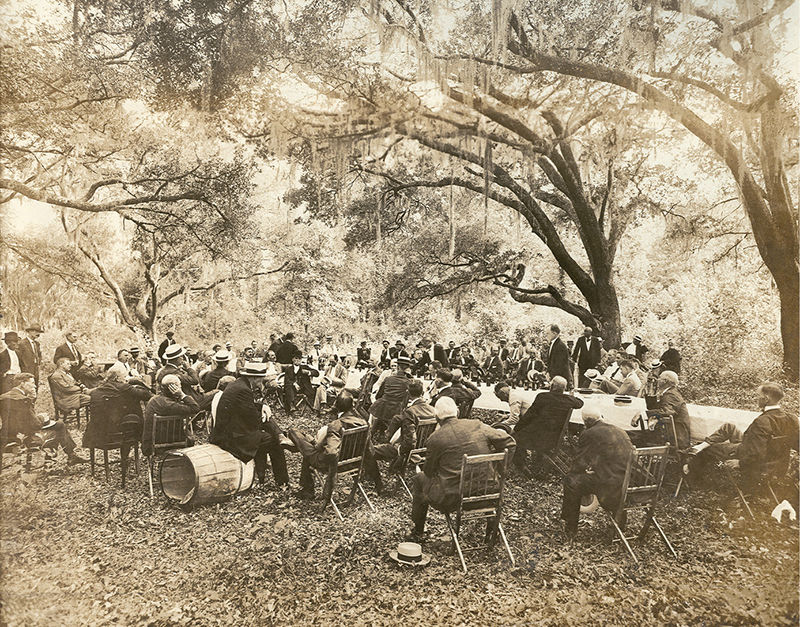
In 1918, members of the Agricultural Society of South Carolina gathered around a table at T. Farm (a livestock ranch approximately 20 miles outside of Charleston). The organization was founded in August 1785 by wealthy planation owners, including Thomas Heyward Jr. (a Declaration of Independence signatory), to establish farming and trading practices, post-British rule. Over the centuries, this group guided farmers through instrumental changes—such as the pivot from indigo farming to cotton at the turn of the 19th century—by providing education, equipment, and land for crops. In Lasting Legacy: The Agricultural Society of South Carolina, historian Doug Bostick writes that farmers struggled with the economic and social changes brought about by the end of the Civil War, as they no longer had free labor from enslaved people to toil on their rice and cotton fields. Unpredictable weather and the invasion of the boll weevil led the group to implement integral crop diversification measures, expanding their harvests in the 1920s to include more corn, potatoes, watermelon, and asparagus. Despite these efforts, agricultural revenue declined throughout the century due to urbanization; only 10,105 acres of Charleston County farmland remained as of 2001, Bostick writes. The Agricultural Society of South Carolina still exists today and in the past few decades has financially assisted various projects, such as Hurricane Hugo recovery, the restoration of wild sweetgrass for basket weaving, and the revival of Carolina Gold rice.
Photograph (”DINNER AT T. FARM”) courtesy of the collections of the South Carolina Historical Society